For more information about this program, please contact the physics department AMO group.
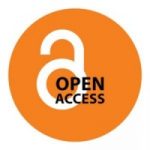
Physics alumnus Prof. Douglas Goodman and Professor Emeritus Winthrop Smith Featured in Online Peer Review Journal
Prof. Emeritus Winthrop Smith and former student Prof. Douglas Goodman (Quinnipiac University) Edit Special Issue of Open Access Journal Atoms, on Low Energy Interactions between Ions and Ultracold Atoms The Special Issue of the online journal Atoms is a collection of current peer-reviewed articles by experts in the field of ultracold collisions and reactions involving […]
[Read More]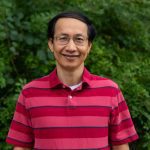
New Faculty Hire-Dr. Anh-Thu Le
The Physics Department welcomes our newest faculty member, Dr. Anh-Thu Le, although he prefers to be called simply AT. AT worked for many years at the well-known James R. Macdonald Laboratory, rising to the rank of Research Professor. He worked alongside a world-known theorist, Dr. Chii-Dong Lin. Dr. Le went on to become an Assistant […]
[Read More]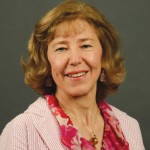
Professor Nora Berrah Awarded a Blaise Pascal Chaire d’Excellence to Conduct Research in France
Professor of Physics Nora Berrah has been awarded the International Blaise Pascal Chaire d’Excellence, a prestigious honor whose previous winners include scientists and scholars from a wide range of disciplines, including multiple Nobel laureates. Her award was selected by a committee of scientists and voted on by the Permanent Commission Regional Council of the Région […]
[Read More]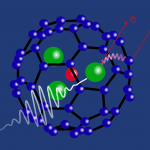
Radiation Damage Spreads
A single x-ray can unravel an enormous molecule, physicists report in the March 17 issue of Physical Review Letters. Their findings could lead to safer medical imaging and a more nuanced understanding of the electronics of heavy metals. Medical imaging techniques such as MRIs use heavy metals from the bottom of the periodic table as …
[Read More]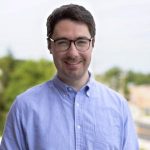
Daniel McCarron wins NSF Early Career Award
Daniel McCarron, assistant professor of physics, the College of Liberal Arts and Sciences, will receive $645,000 over five years for his work on the development of techniques to trap large groups of molecules and cool them to temperatures near absolute zero. The possible control of molecules at this low temperature provides access to new research applications, such as quantum computers that can leverage the laws of quantum mechanics to outperform classical computers.
[Read More]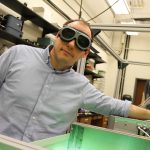
Meet the Researcher: Carlos Trallero
When Carlos Trallero started his academic career in physics, he had no idea he would become a pioneer in a field of research that uses high-power lasers to investigate atomic and molecular physical phenomena. Originally from Cuba, where there isn’t much funding for experimental research, Trallero began his academic career by studying theoretical physics. But as a senior graduate student at Stony Brook University, he got the chance to work in a lab doing experimental work and quickly recognized it was his true passion.
[Read More]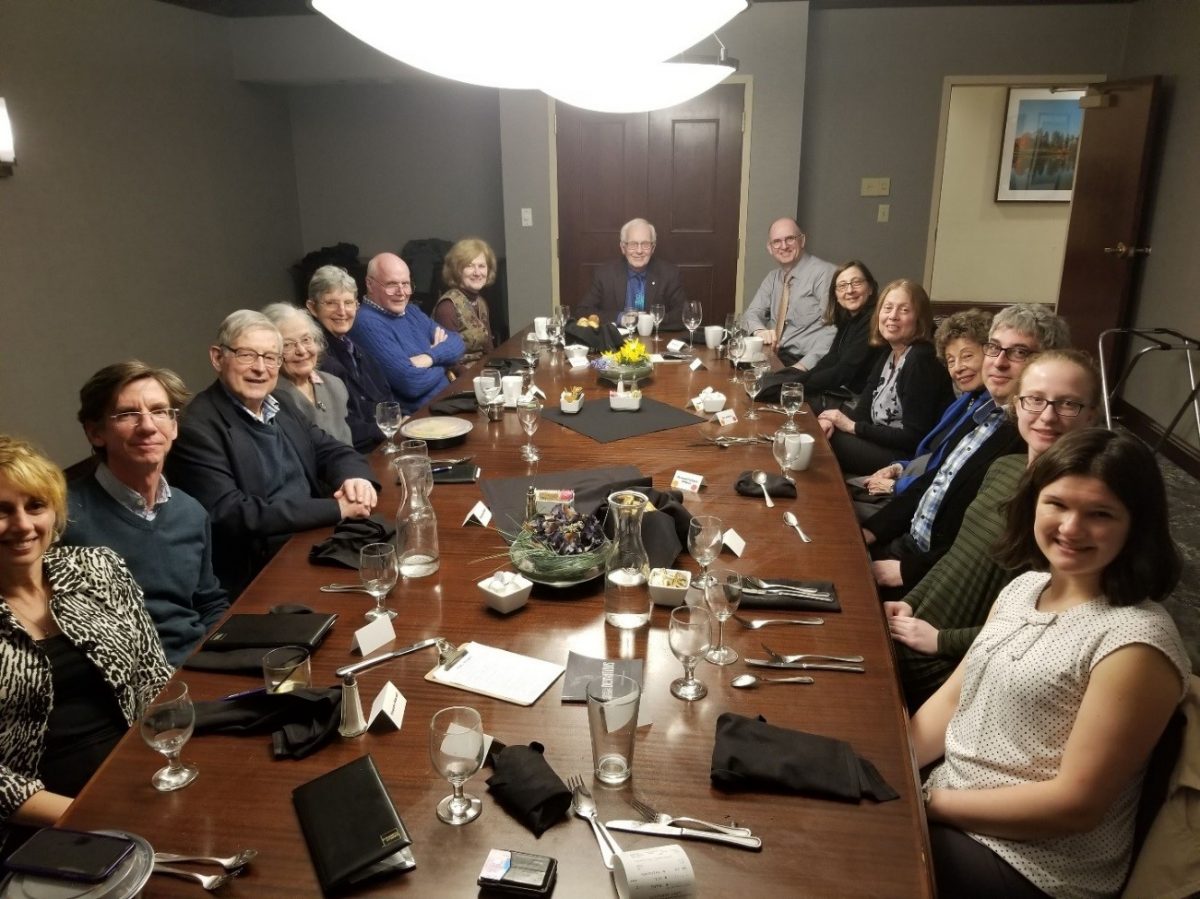
2019 Pollack Lecture
On April 11th and 12 of 2019 Prof. Paul Corkum of the Joint Attosecond Laboratory (University of Ottawa and the National Research Council of Canada) visited the department. Prof. Corkum’s main area of research is on the interaction of ultrashort laser pulses with matter broadly defined. His most notable contribution is perhaps the discovery of […]
[Read More]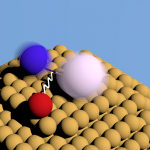
2 for the price of 1: UConn researcher finds new mechanism making double ionization an efficient process
An international research team headed by Dr. Aaron LaForge from the research group of Prof. Nora Berrah in the Physics department at UConn has recently discovered a new type of decay mechanism leading to highly efficient double ionization in weakly-bound systems. The team has published its results in the science journal “Nature Physics”. Ionization is […]
[Read More]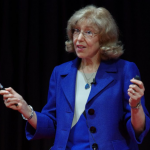
Nora Berrah Named 2018 AAAS Fellow
Physics professor Nora Berrah has been named a 2018 Fellow of the American Association for the Advancement of Science (AAAS). Prof. Berrah has been recognized for her distinguished contributions to the field of molecular dynamics, particularly for pioneering non-linear science using x-ray lasers and spectroscopy using synchrotron light sources. View full story on CLAS website.
[Read More]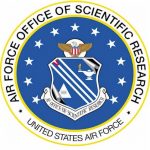
Prof. C. Trallero awarded multiple research grants
Professor Carlos Trallero has been granted $1.06 million from the Department of Defense, the U.S. Air Force and the Air Force Office of Scientific Research to study recollision physics at the nanoscale to help develop ultrafast electronics. This research will enhance the knowledge base of electron recollision dynamics at the nanoscale, which can be used to develop ultrafast light-driven electronics.
[Read More]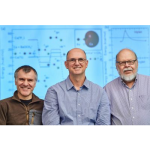
Ultracold group achieves new milestone in quantum control
December 19, 2017 – Colin Poitras – UConn Communications Scientists from three major research universities successfully manipulated the outcome of a chemical reaction and, in doing so, created a rare molecular ion. Through a process known as “controlling chemistry,” the researchers bonded an oxygen atom to two different metal atoms, creating the barium-oxygen-calcium molecular ion or BaOCa+ The same […]
[Read More]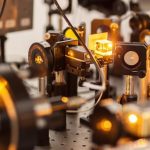
Undergraduate Sam Entner traps cold atoms in Physics lab for summer research project
As a research assistant in the physics department at UCONN, I assisted in the alignment, maintenance, and principles of operation of the various apparatuses and measurement techniques used within cold atomic, molecular, and optical (AMO) experimental physics research. This included optical components, laser alignment, laser locking, saturation absorption spectroscopy, and electrodynamic ion trapping. Some specific […]
[Read More]